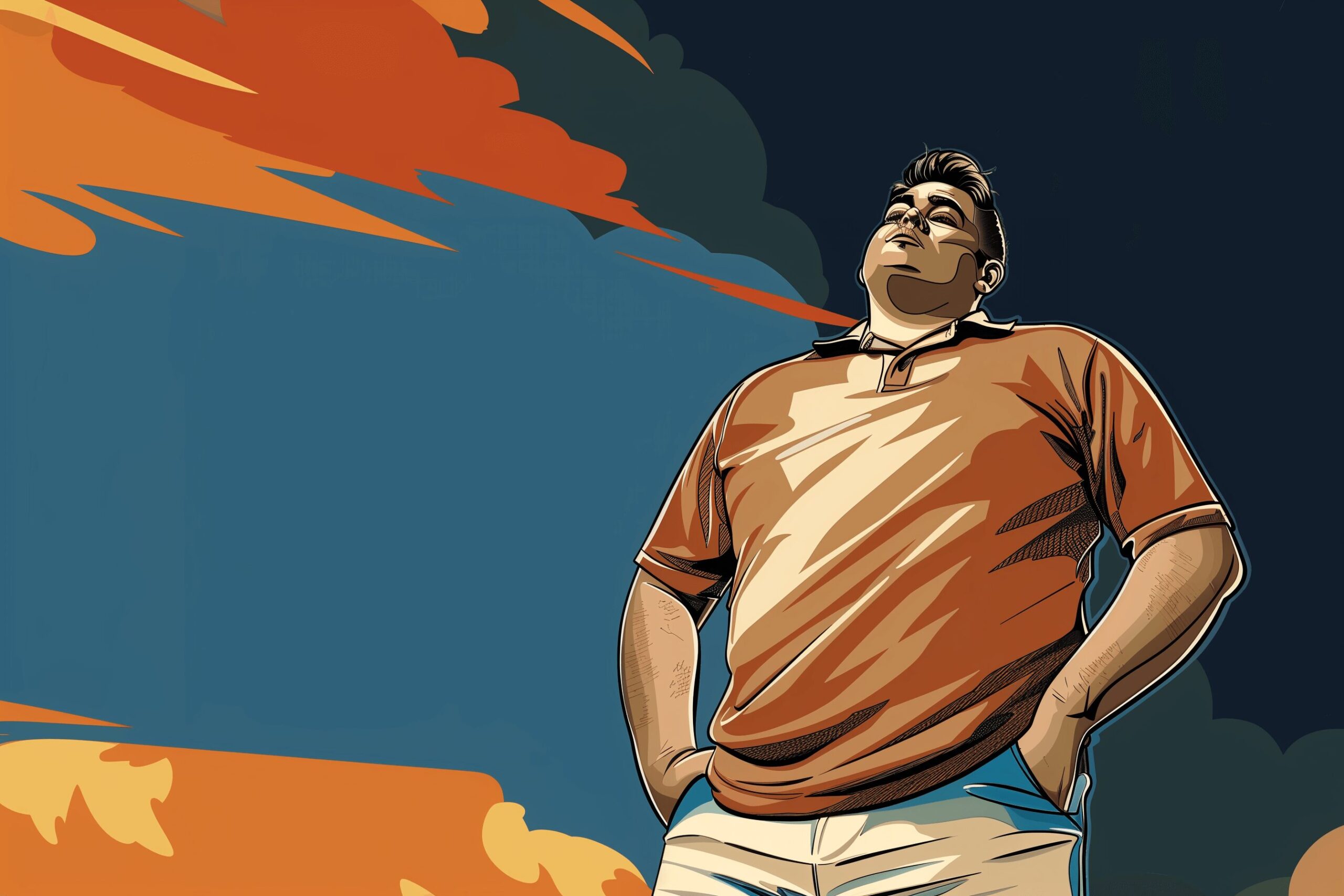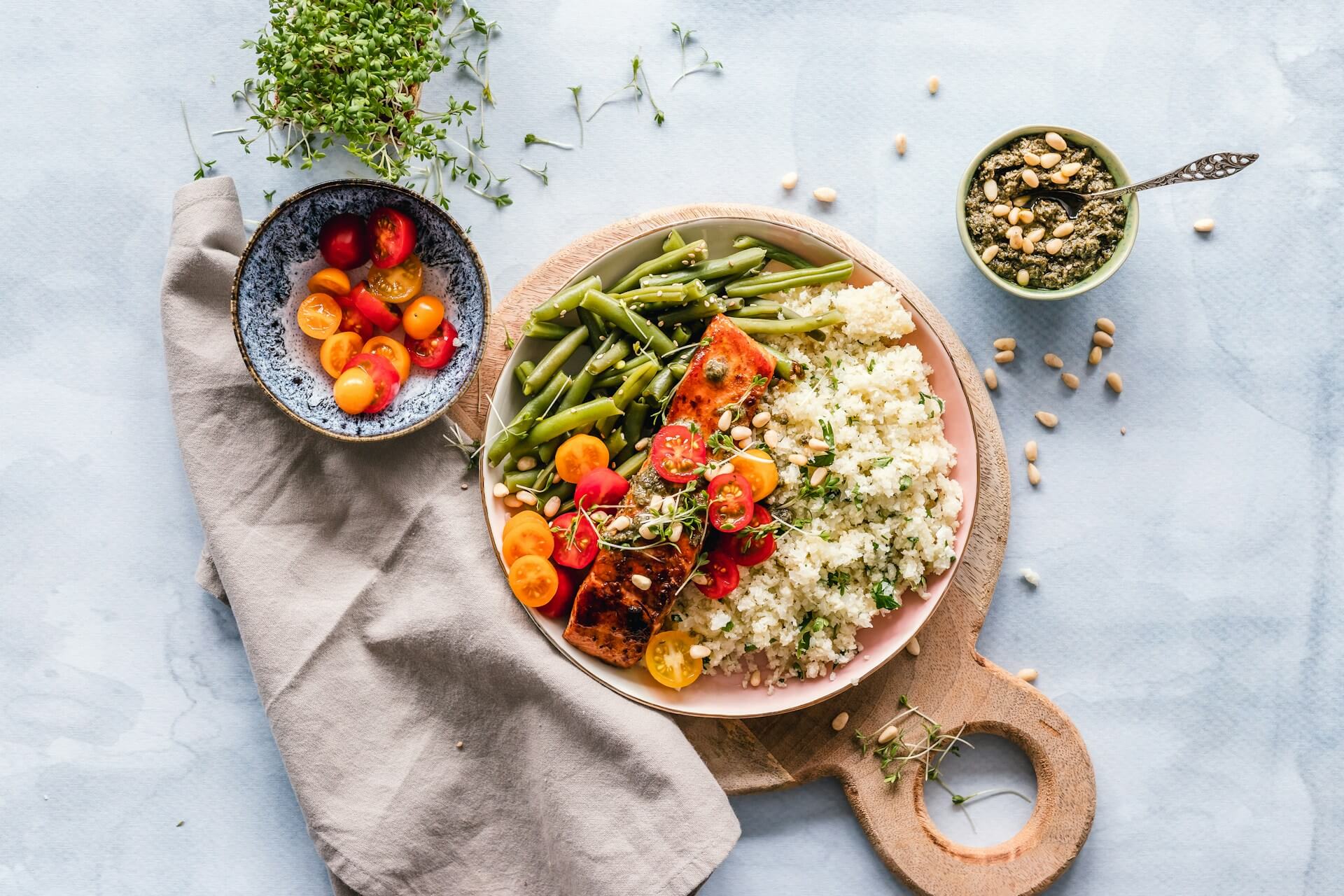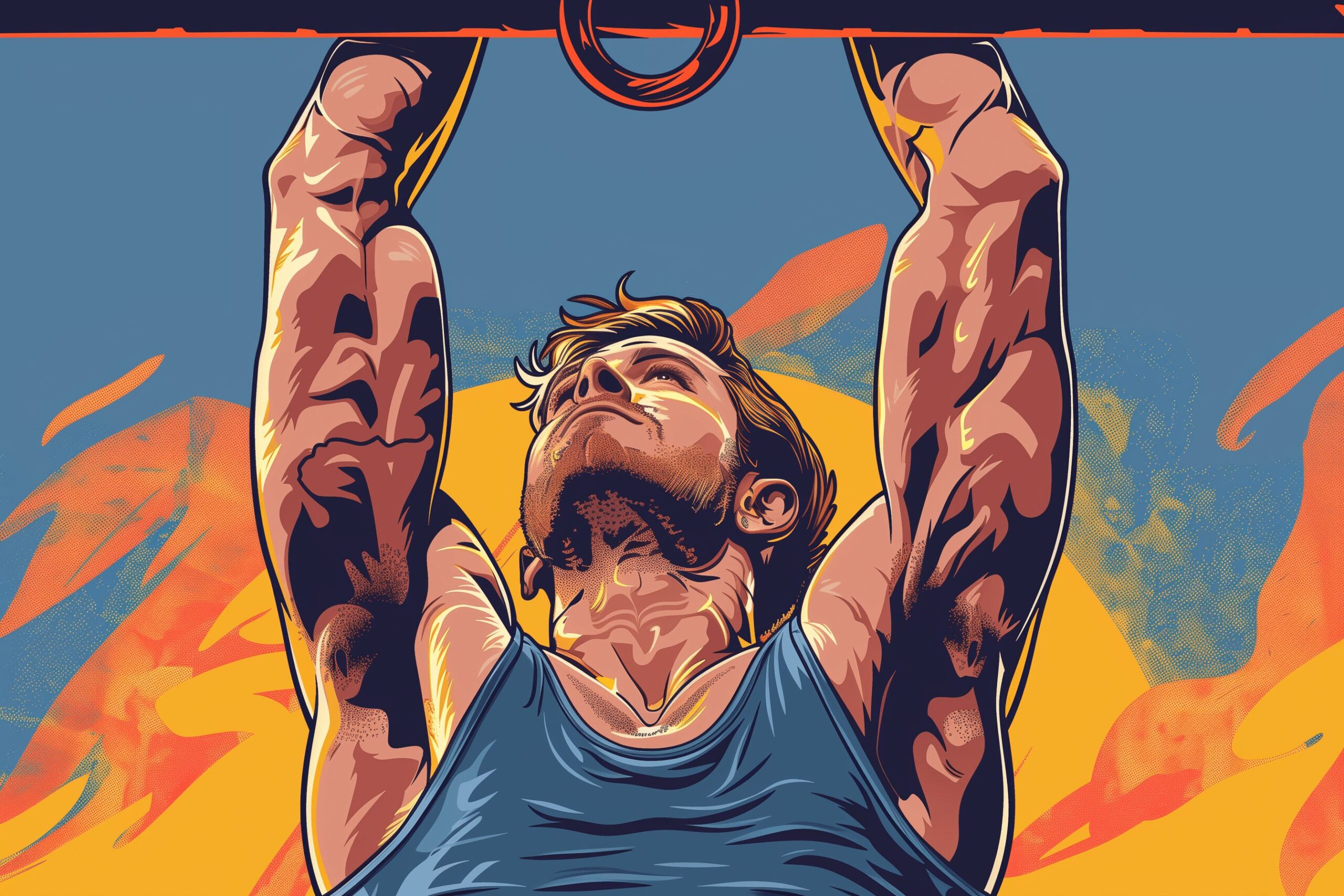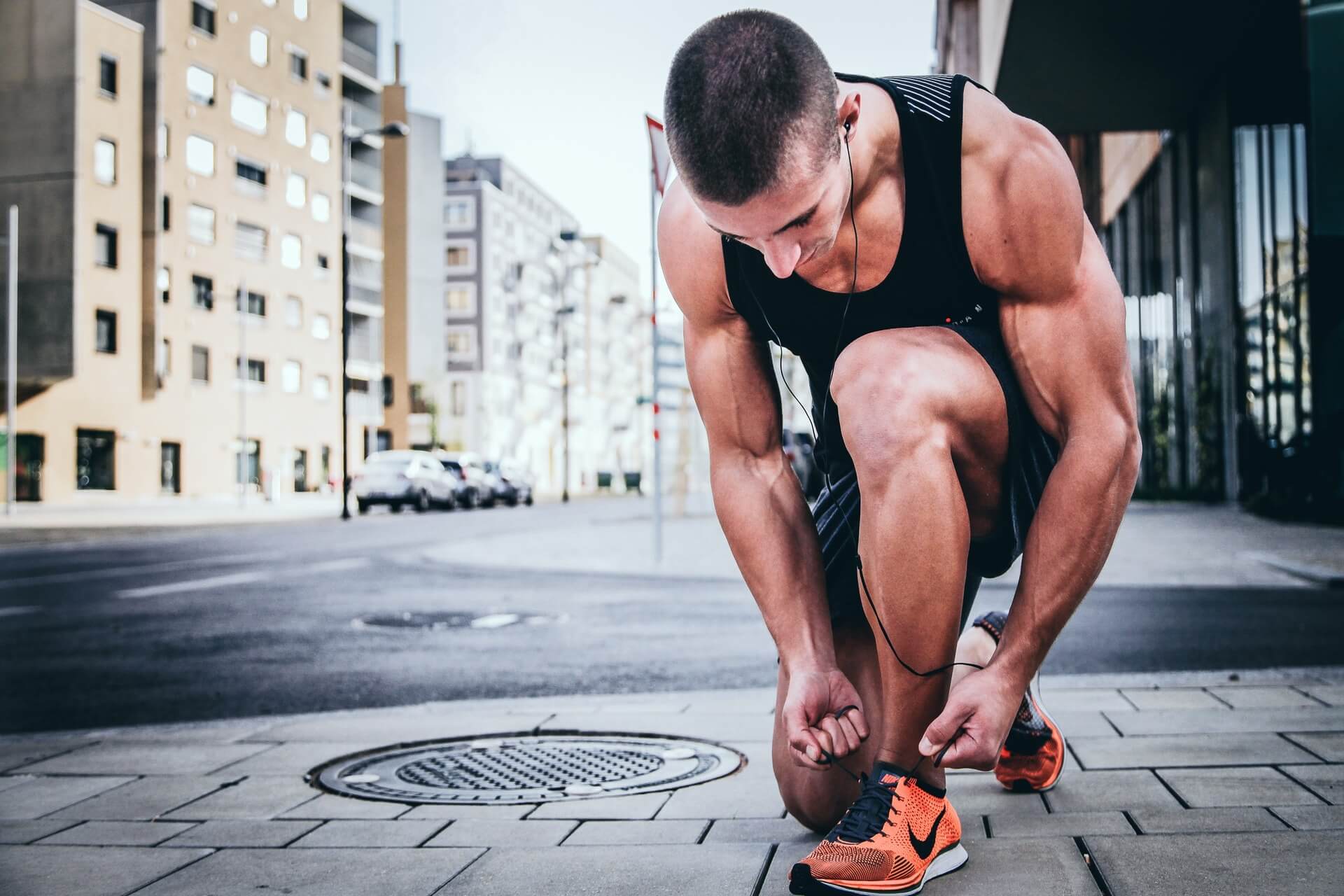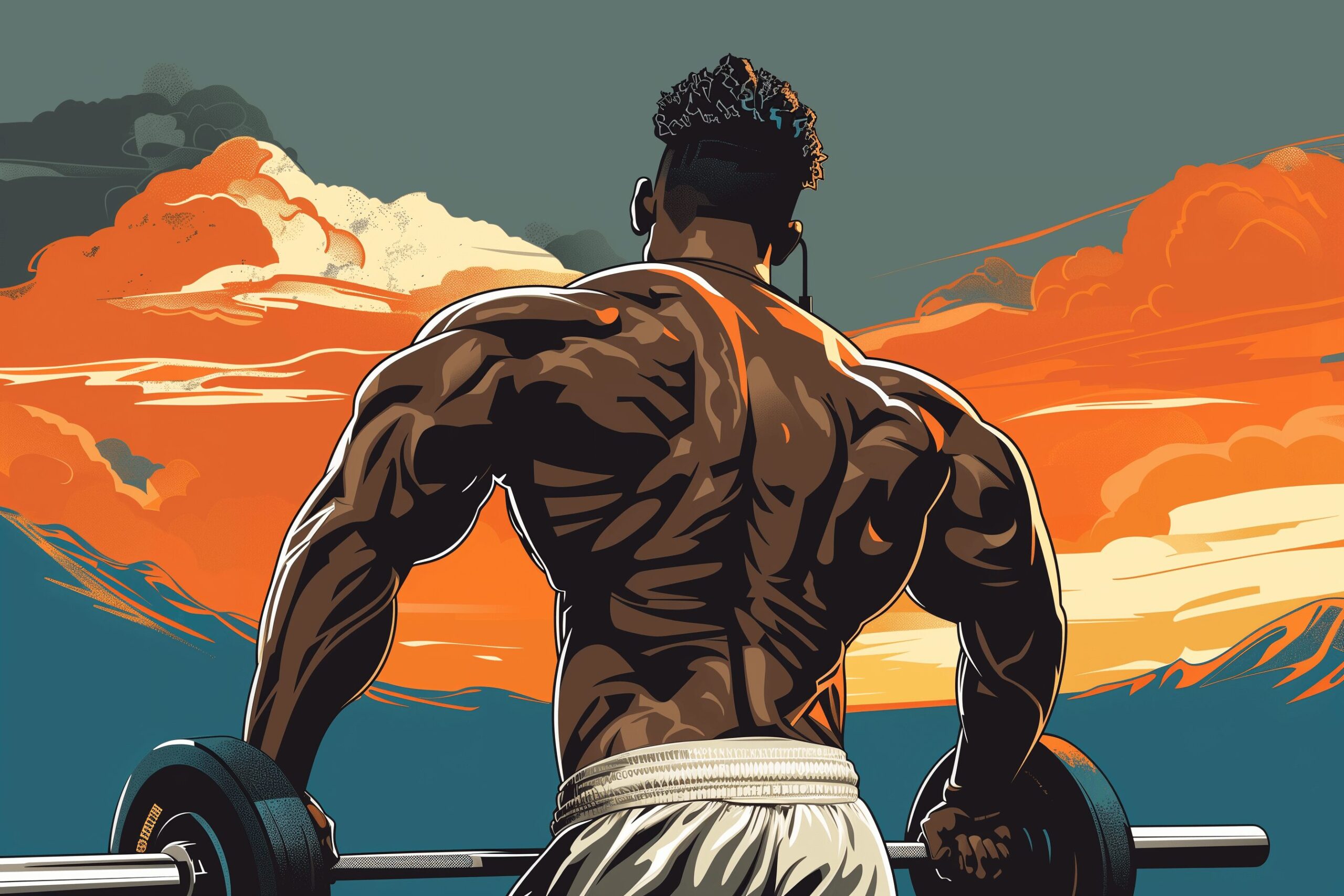New to Yoga? Remember These 5 Pointers
Sep 19, 2022
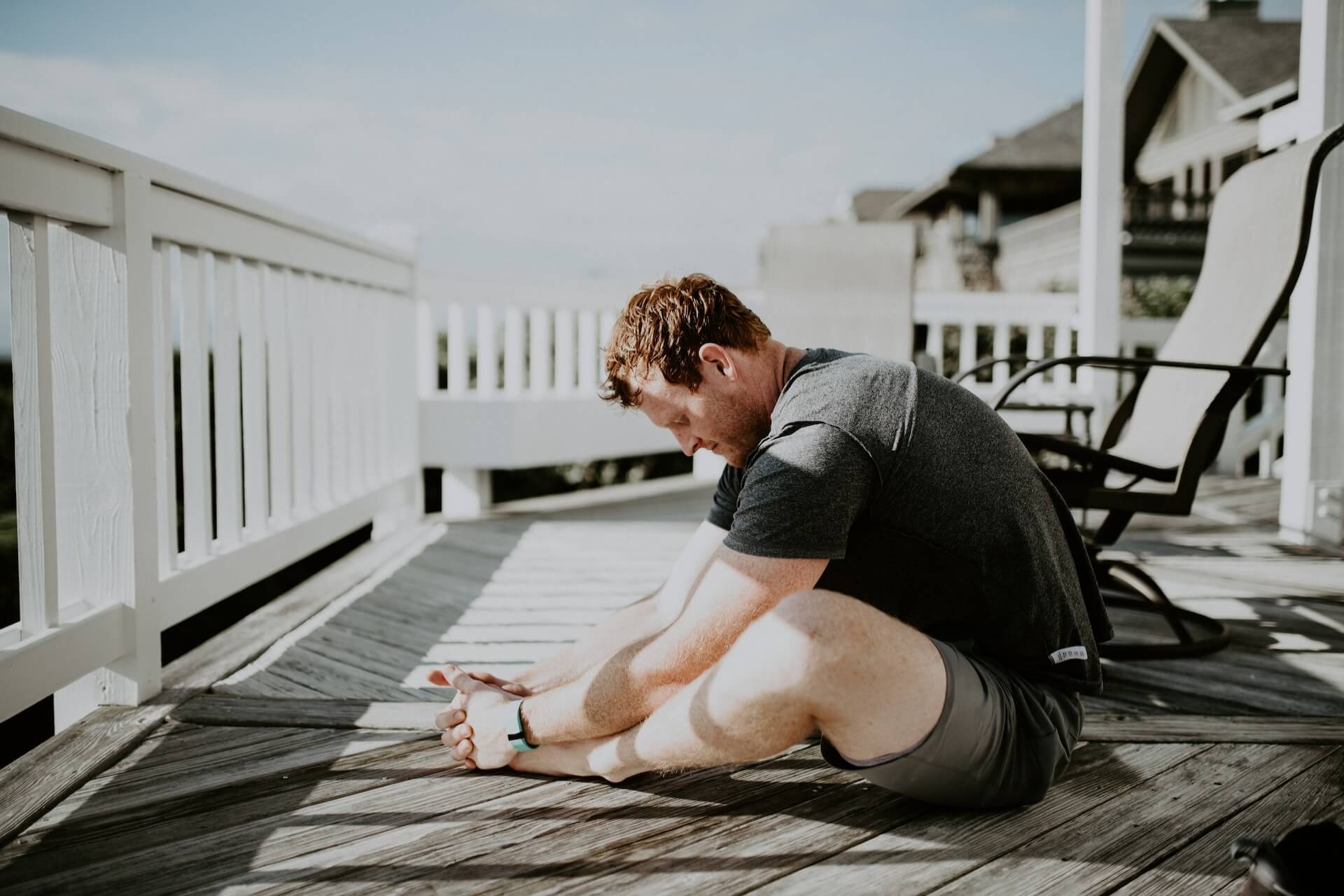
As an Amazon Associate, Modded gets commissions for purchases made through links in this post.
Starting yoga to strengthen your mind-body connection or breathe deeply is a brilliant idea. Yoga also has many other health benefits, like relieving stress, increasing flexibility and lowering blood pressure. Here are some pointers for those who are new to yoga.
1. Choose Which Type Is Best
The best way to learn yoga is by doing it. There are many different styles, so finding one that fits your goals and needs is essential. Some are more intense than others, but if you’re up for a challenge, do a little research on whichever you want to jump into. Some common types are:
- Hatha yoga: This slower-moving type of yoga is good for beginners.
- Iyengar yoga: This class focuses on your form. You can use props to learn proper alignment.
- Hot yoga: This type is exactly how it sounds … hot! The studios can reach 104 F to give you that extra boost of sweat. Be sure to check on medical conditions that may not make this the best choice for you.
You can try multiple types to see what is your favorite or even do a combination if you want to get even more experience. Trying different options can give you a feel for each of them and weed out your least favorites. The point is to find a style you are comfortable with and enjoy so you keep up with your practice.
2. Determine What to Wear
You’re getting ready for your first class and wondering what you should wear. Wearing comfortable clothes is the best option since you will be doing lots of movements that require stretching and holding. Stretchy and tight-fitting clothing will be your best bet. You may be doing poses that could lead to your shirt going over your head.
You won’t need to head to the store for any new shoes. Yoga is done barefoot, or you can get a pair of socks with grips on the bottom. Without the grips, you may slide while trying to hold a yoga pose.
3. Learn Basic Poses
Learning basic poses before jumping into a class may make you feel more comfortable. You can start with easier poses like Child’s Pose or Downward-Facing Dog. Focus on elongating your spine and relaxing your hips while pressing your hands and feet into the floor.
You can look forward to positions that will increase your strength over time. Poses like Warrior 2, Boat and Side Plank are full core, leg and arm movements ideal for strengthening. Yoga can even help improve your posture and make you appear a little taller.
4. Be Mindful of Positions
Risk of injury is possible with any activity. Making sure you are in tune with your body and not pushing yourself too hard can help prevent common yoga injuries. When starting, it’s best not to compare yourself to others. This is your journey, so take it at your pace.
Sometimes people turn to yoga to heal and help their pain. However, it can strain existing injuries. One study suggested that yoga practice could lead to meniscus tears. Poses that involve lunging or crossing the legs present a problem if you have knee pain, especially if not executed properly.
Other areas that may be sensitive and should be kept in mind are:
- Wrists
- Shoulders and elbows
- Lower back
- Neck
- Hamstrings
- Hips
5. Tap Into Your Breathing
One of the main components of yoga is your breath. Connecting to it is a part of being present in your own body. Consciously breathing activates a certain area of your brain and has a biological effect on your mental, emotional and physical state. This is why you feel so relaxed doing yoga.
If you practice mastering breathing, you are taking a massive step in the right direction. There are many health benefits to this part of starting yoga. A study suggested that a single 25-minute guided yoga breathing session decreased blood pressure and breathing rate in hypersensitive and healthy volunteers.
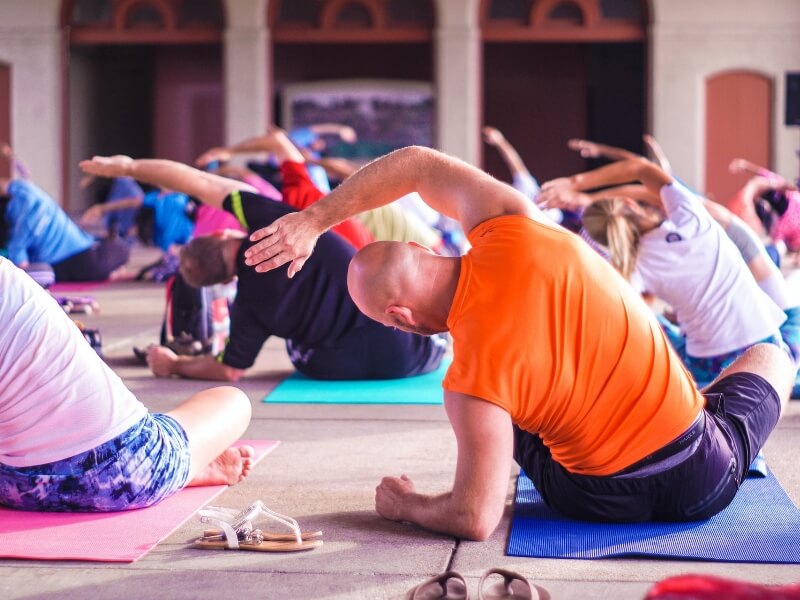
Yoga for Beginners
No matter what your reasoning for getting into yoga is, understanding its true purpose is worth noting. It is not just about flexibility or the cool shapes you can form your body into. It is about breathing and finding outer and inner strength through mediation. Try not to get too absorbed in things like losing weight or becoming extremely flexible. It is a process and lifestyle that allows you to enjoy each step.

